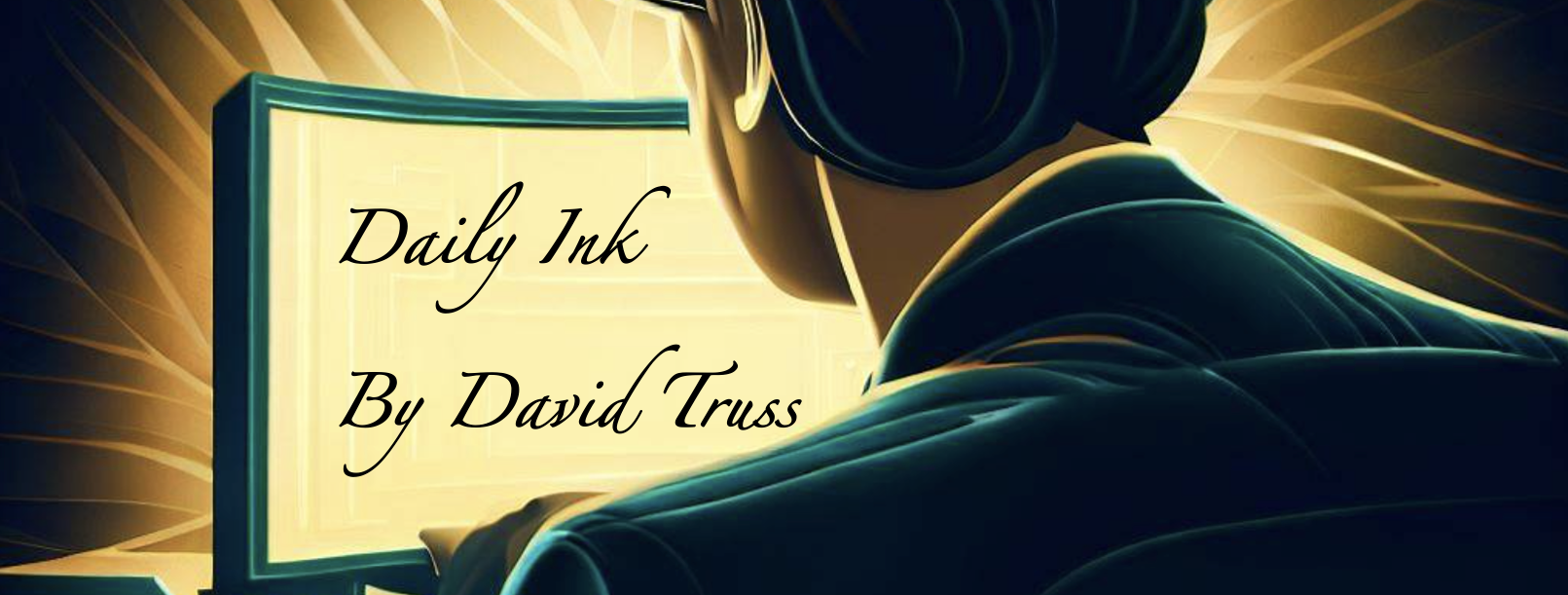I’ve been fortunate to have the opportunity to work out with my buddy at his gym, at least once a week for the past few months. My home routine is usually just cardio, stretching, then working one muscle group to fatigue… sometimes with just 3 sets of one exercise, and sometimes 3 each of two exercises, but again using the same muscle group.
With my buddy, at his gym, we do a bit more than that. The last couple workouts have focused on shoulders with some biceps and triceps thrown in. Both of these last two workouts I’ve pushed hard enough that my shoulder muscles were jacked up. I could feel the pump long after the workout was done.
While I’m not used to this feeling, and it’s a bit uncomfortable, I have to say that I really enjoy it! It’s a feeling that says, ‘I’ve pushed myself’, and while it isn’t necessarily a pleasant feeling, it comes with a good sense of accomplishment. The pump is not something you feel unless you’ve really made your muscles work.
Now I need to figure out how to add more to my home program so that I get this feeling a bit more often. It’s hard when I’m on a time crunch, but I know I can do this more often, and I want to get to that ‘pumped up’ feeling on a regular basis.
As an aside, I’m blown away by how much creatine helps with reducing soreness. A workout like today’s would normally lead me to total soreness in a couple days that would make lifting my arms above my head feel like work. But since adding creatine to my daily health regimen, I’ve hardly ever had that level of soreness, even after hitting personal bests or working to a pump like I did today. And that makes the pump so much more enjoyable when I’m not going to feel like I’m physically paying for it two days from now.










